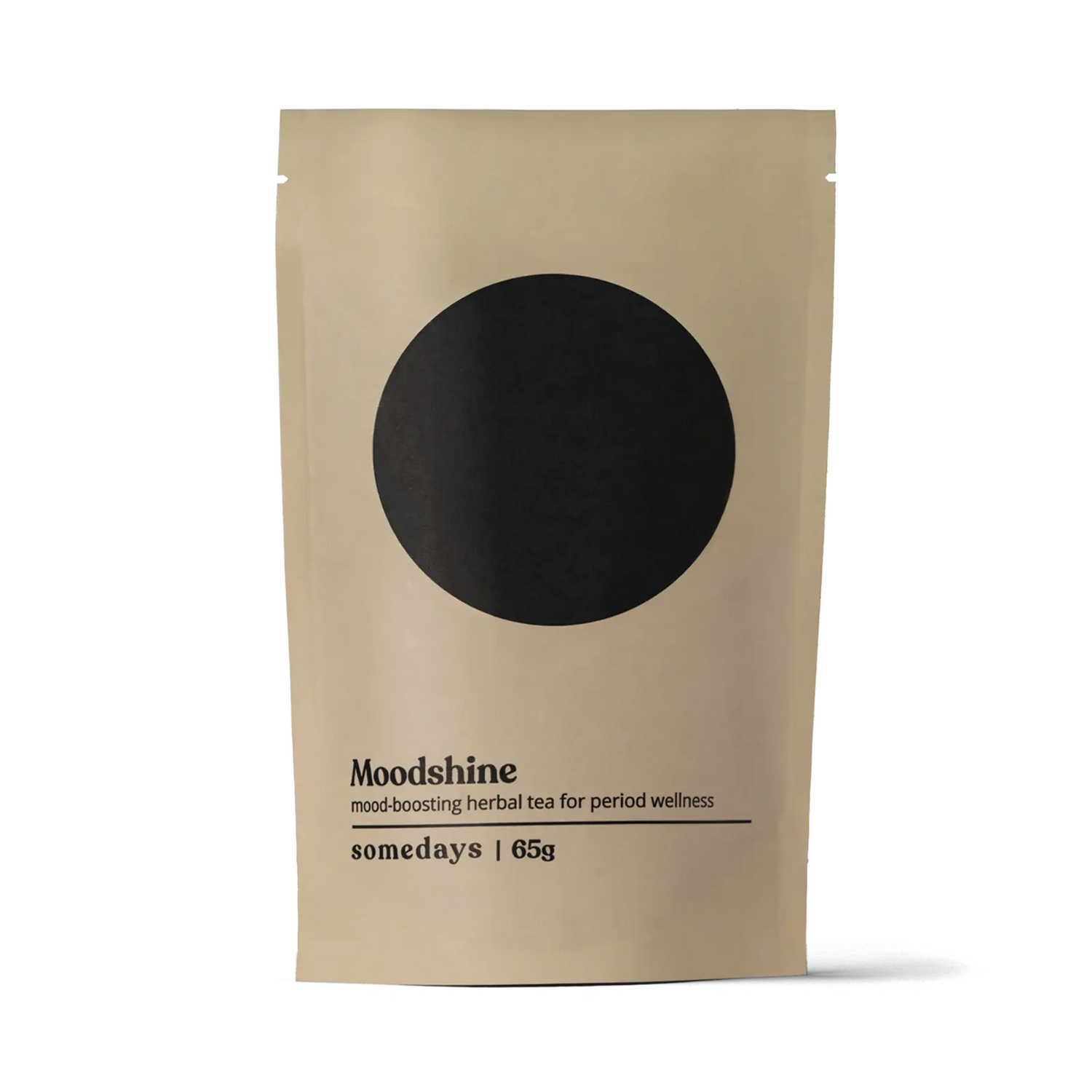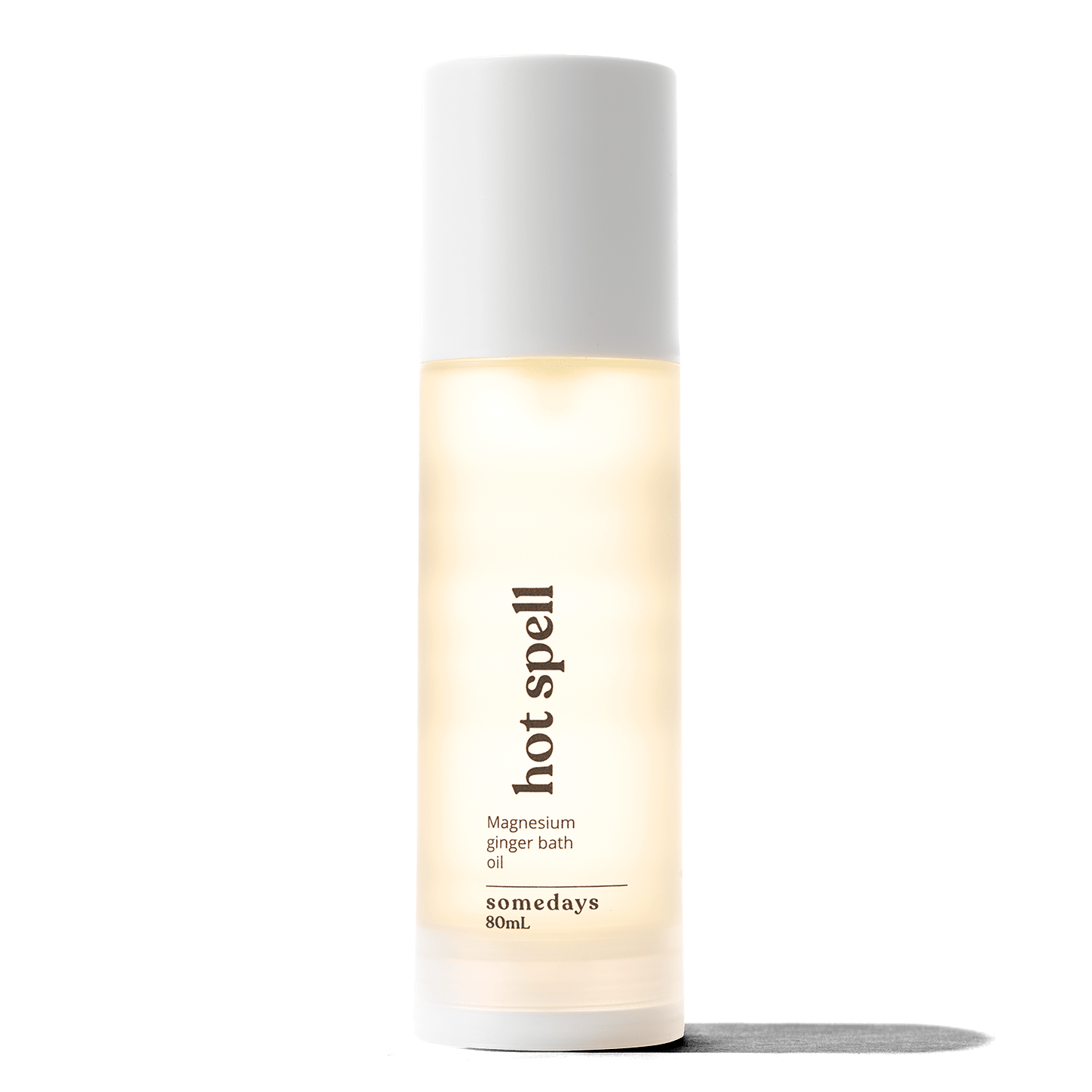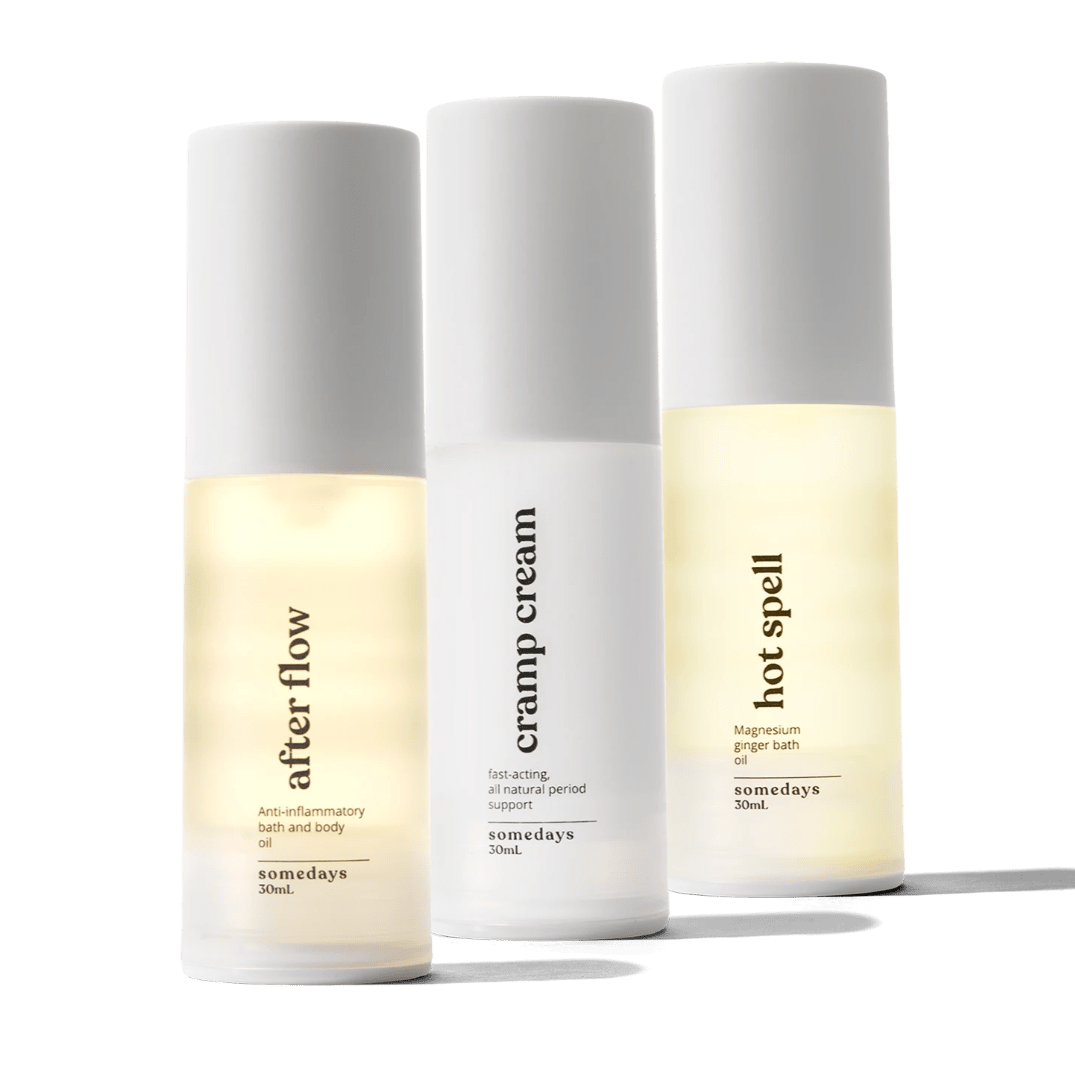My Journey with Provoked Vestibulodynia

Five years ago, if I had been asked to write a 1200-word blog post on my physical, sexual, and mental health struggles, I would have fallen short by a thousand words. Unfortunately, in the present day, reaching this word count will be an easy task.
For three years, I have battled a condition known as provoked vestibulodynia: a pain condition primarily characterized by its location and lack of identifiable cause.
My journey with this condition has been arduous and frustrating. I have consulted with more than ten doctors and have received diagnoses ranging from pre-cancerous conditions to anxiety. In the beginning, each failed treatment and wrong diagnosis felt like a step in the right direction. One more possibility eliminated, one step closer to a correct answer and treatment.
However, after more than a year of frustration and rapidly intensifying pain, my patience wore thin and my anxieties surrounding my health skyrocketed. I questioned if conventional medicine would be able to provide me with a diagnosis, treatment, and most importantly: relief from my pain.
It all started with a series of yeast infections, resulting in painful PIV (penis in vagina penetration) with my partner at the time.
After several semi-successful treatments, I moved away for a semester abroad, hoping the pain would disappear in a few weeks. However, after consulting yet another doctor (in a new country), I realized that my discomfort was not due to yeast infections.
After referrals, biopsies, surgeries, and other unsuccessful treatments, I moved home after my semester abroad even more lost than I was when I left.
Upon my return to Canada, I consulted my general physician in hopes of obtaining a referral to a specialist that could help with my pain. Based on my symptoms, she immediately referred me to a specialist focusing on provoked vulvodynia.
This is where I ultimately received my diagnosis of PVD and joined a trial treatment group centred around the practice of mindfulness as a treatment for PVD.
This is an important (and fortunate) part of my story. The reason I received this timely referral and diagnosis is because my general physician was knowledgeable on pelvic pain conditions and referred me to an appropriate specialist.
Before my return to Canada and to my doctor, there was no talk about referral to a specialist of this sort- my condition, along with other pelvic pain conditions that matched my symptoms- was never considered as a possibility by the doctors I had been consulting while abroad.
I am disappointed that these conditions were not mentioned to me before I underwent invasive procedures (biopsy, laser surgery) that could have an affect on the severity of pain I experience due to provoked vestibulodynia
Provoked vestibulodynia is a challenging condition to live with, treat, and diagnose. I have no external signs that suggest anything is wrong, no clear explanation for why the pain is present. The most apparent symptom is that touch causes discomfort, and the degree of discomfort varies depending on my levels of stress, type of touch, and time in my cycle.
It makes PIV challenging to impossible at times, which strains all romantic relationships and has impacted my mental health tremendously. How do you explain a condition like this to a new partner? Is that a “first date” topic, or is it better to wait until later, once you have made a connection?
In my experience, if I chose the latter, I was often met with frustration and a lack of understanding. At times I would dread first dates that went well, because I knew it would mean another painful conversation, another attempt to justify that the pain I was feeling was real, and another potential failed relationship due to this condition.
In the mindfulness group, we talked about catastrophizing. “Catastrophizing makes things worse. Your body will enter a fight or flight mode and your PVD will act up, even if it is the stressor that triggered it.”
Great, I remember thinking. How am I supposed to have this condition that fails to improve, causes me pain daily, affects my relationships, clothing choices, and even the activities I do- and NOT catastrophize?
There is no end in sight, and the most help and support that I have found is in group with these women that struggle with the exact same things as myself. To them, I can talk about failed treatments and lack of real improvement and find the understanding and compassion I seek.
This is part of the reason why I was filled with hope when I saw Somedays talking about pelvic pain conditions, because nobody really does. I understand that if a person is not affected by a condition, conversation about that condition may not be relevant or come up in conversation.
On the flip side, the number of women struggling with undiagnosed pelvic pain conditions is astronomical. When these conditions are not spoken about, people are not aware that painful sex, immensely painful menstruation, and generalized pain are not normal. Physicians may not be aware of certain pain conditions, which can elongate the time that diagnosis/referral takes. During this time, women you know are suffering with unmanaged pain, and pain they are told is “imagined” or “in their heads.”
Anyone interested in chatting with Jayme can reach out to her via Instagram @jaymebratsberg.
Previous Article All Articles Next Article
All Articles


